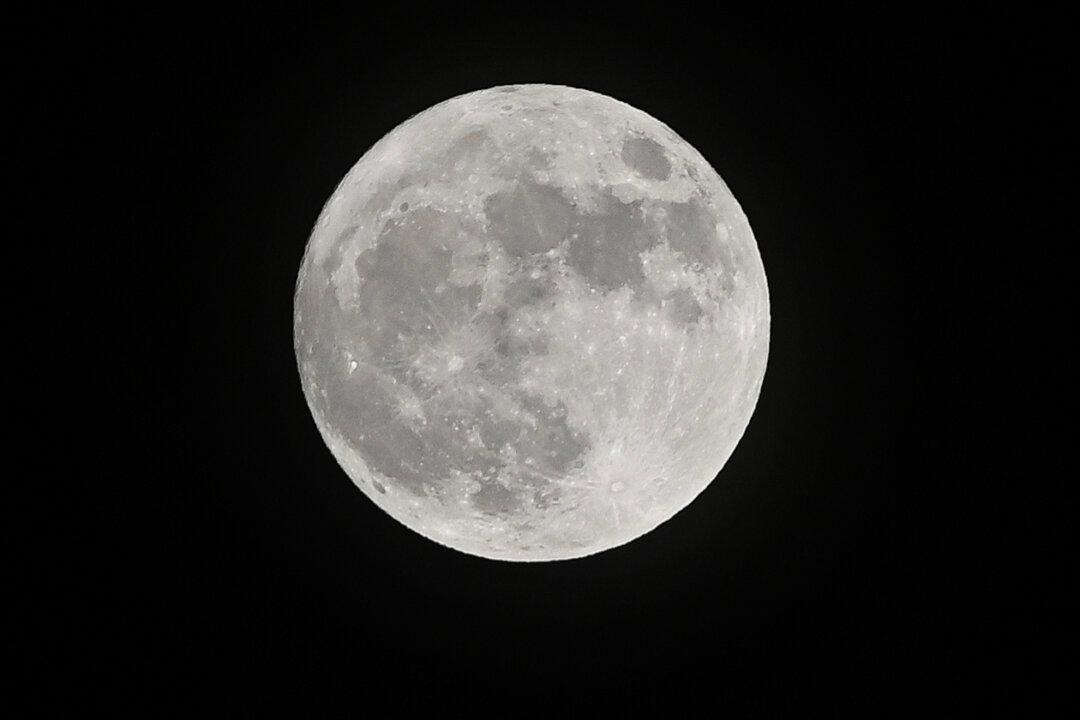Ontario residents will be able to see a supermoon in the night sky next week when the moon is closest to the Earth and in its fullest form.
Over the coming months, four supermoons will be visible. The first one will be on Aug. 19, when the moon is approximately 363,300 kilometres from Earth, according to NASA.





